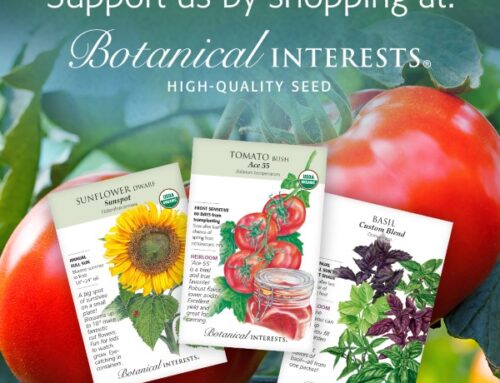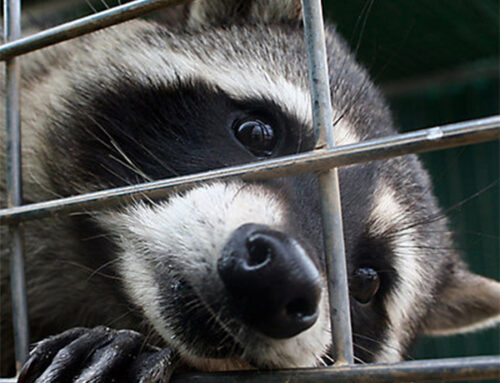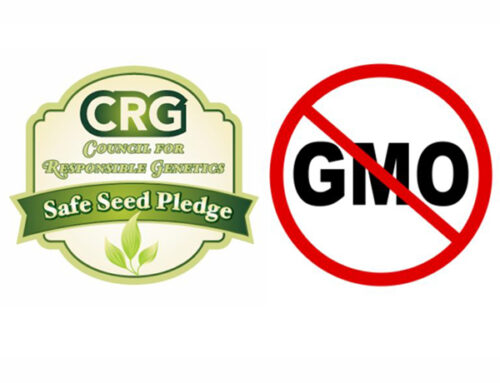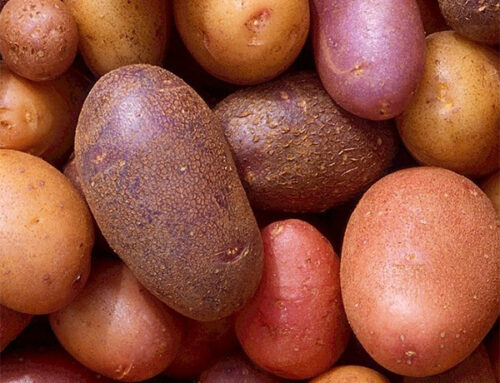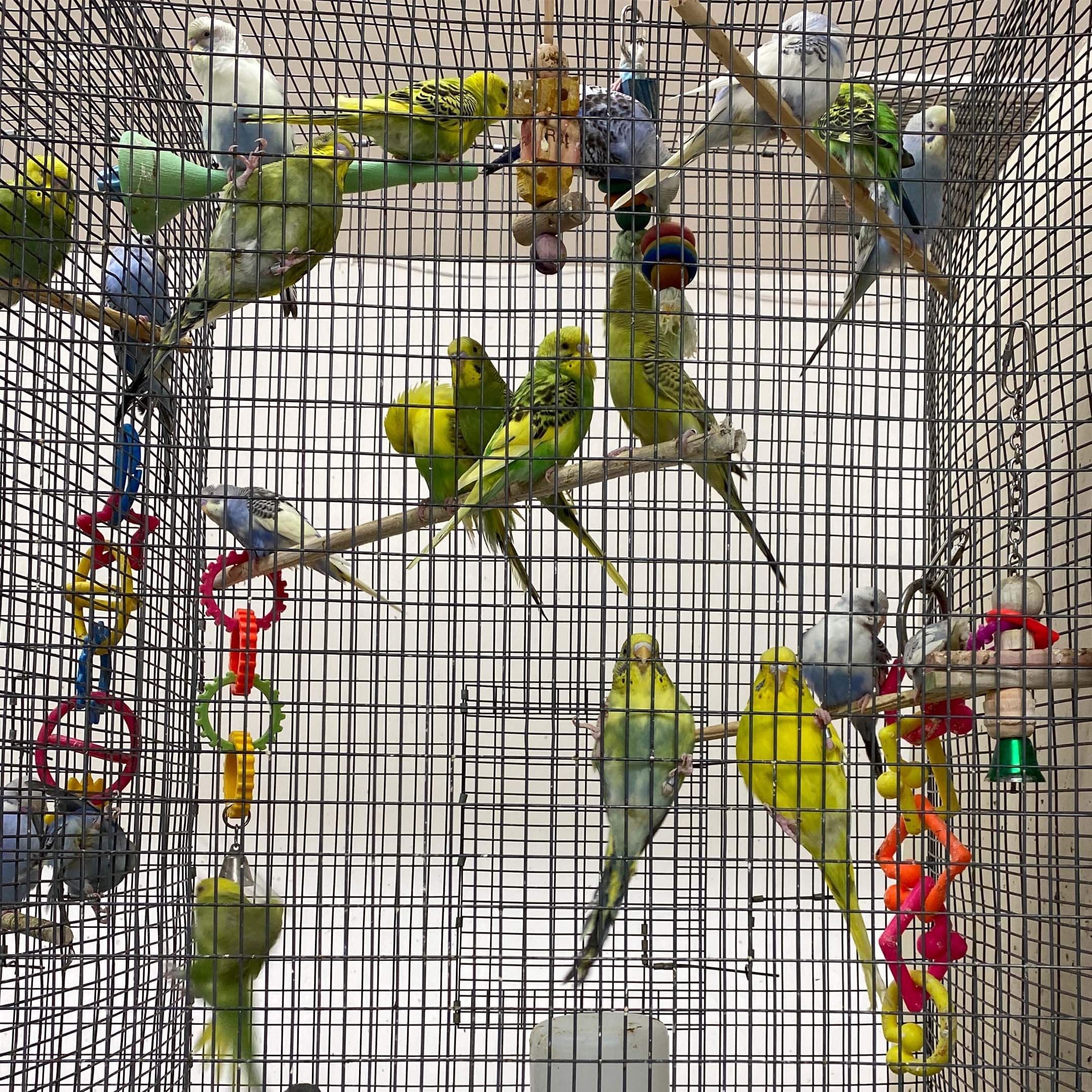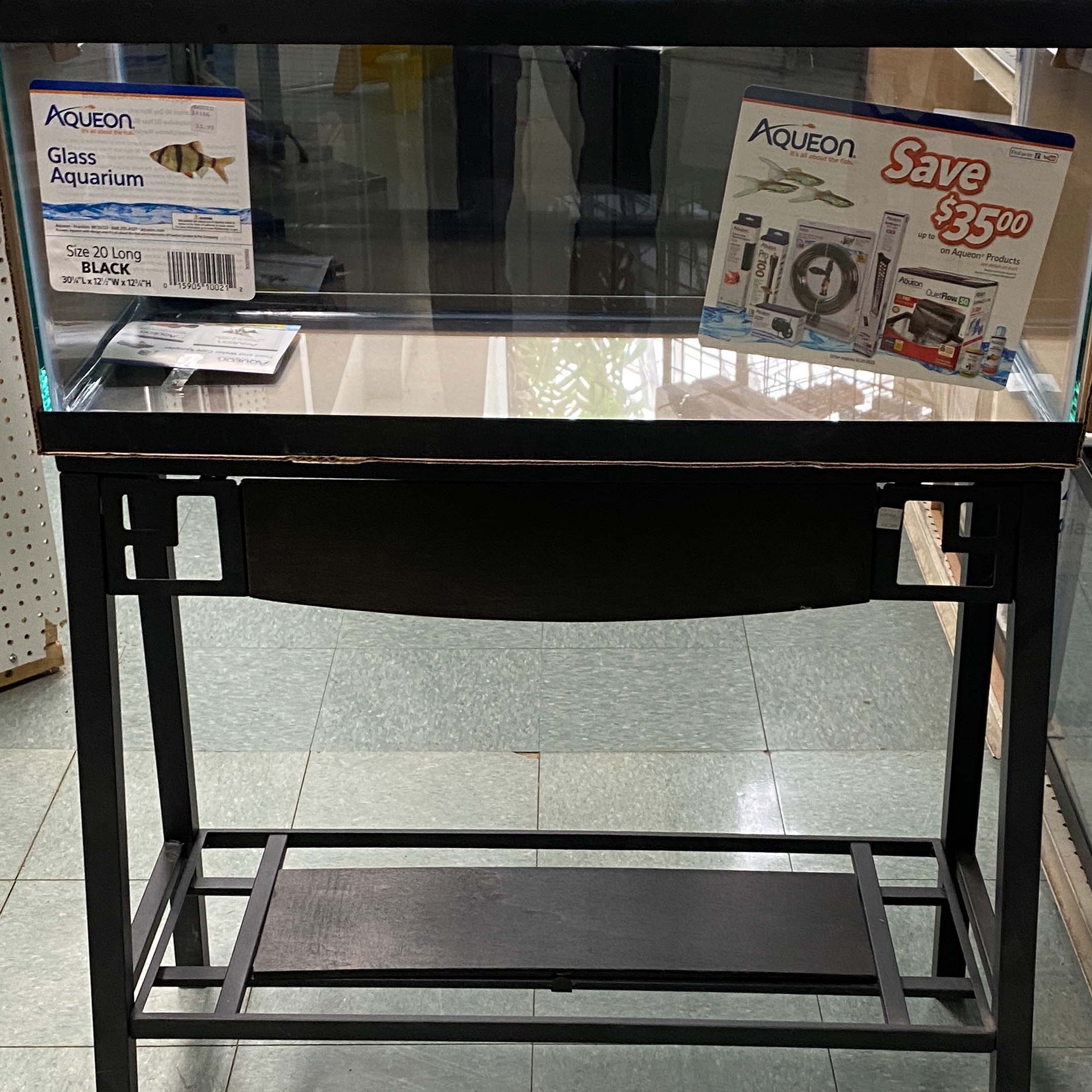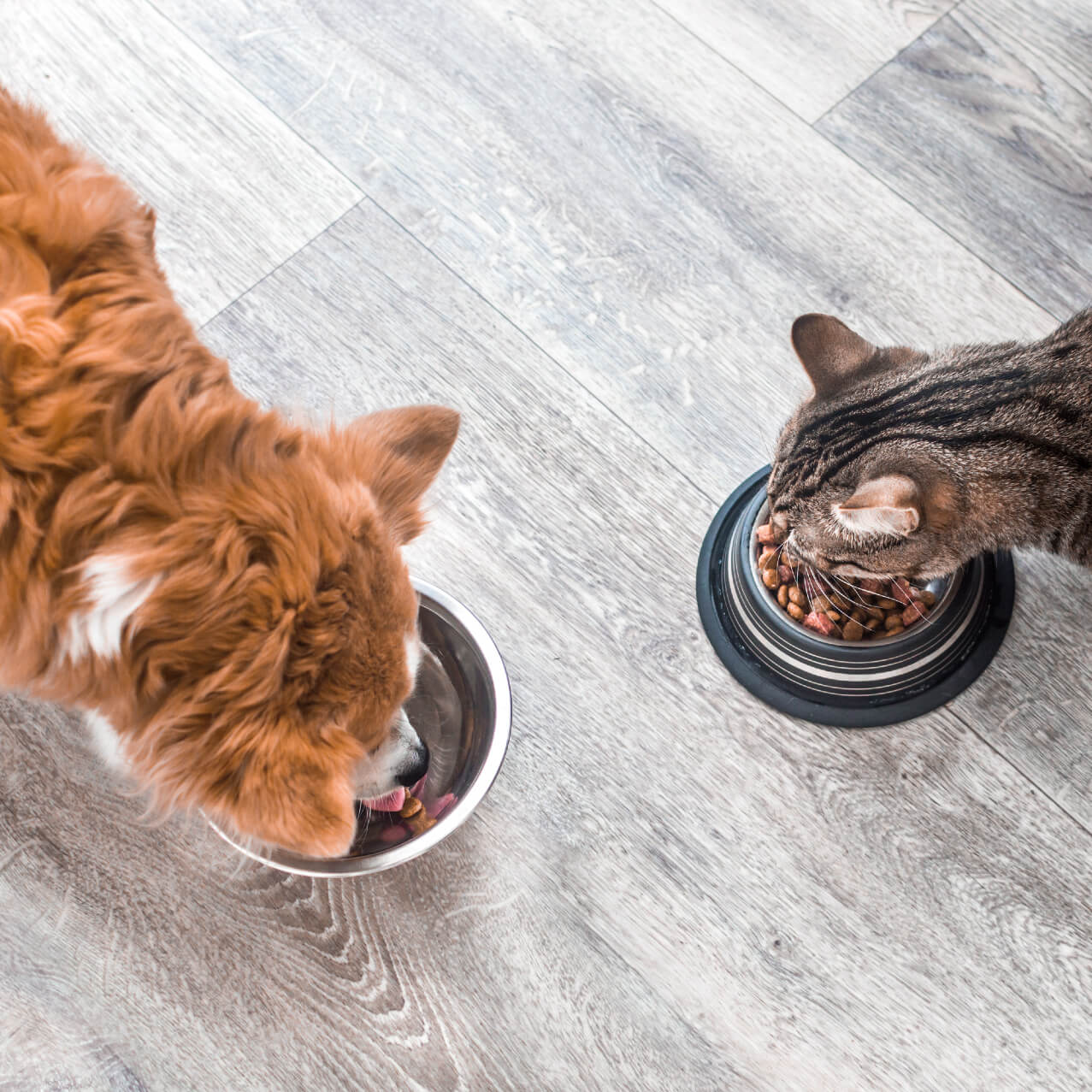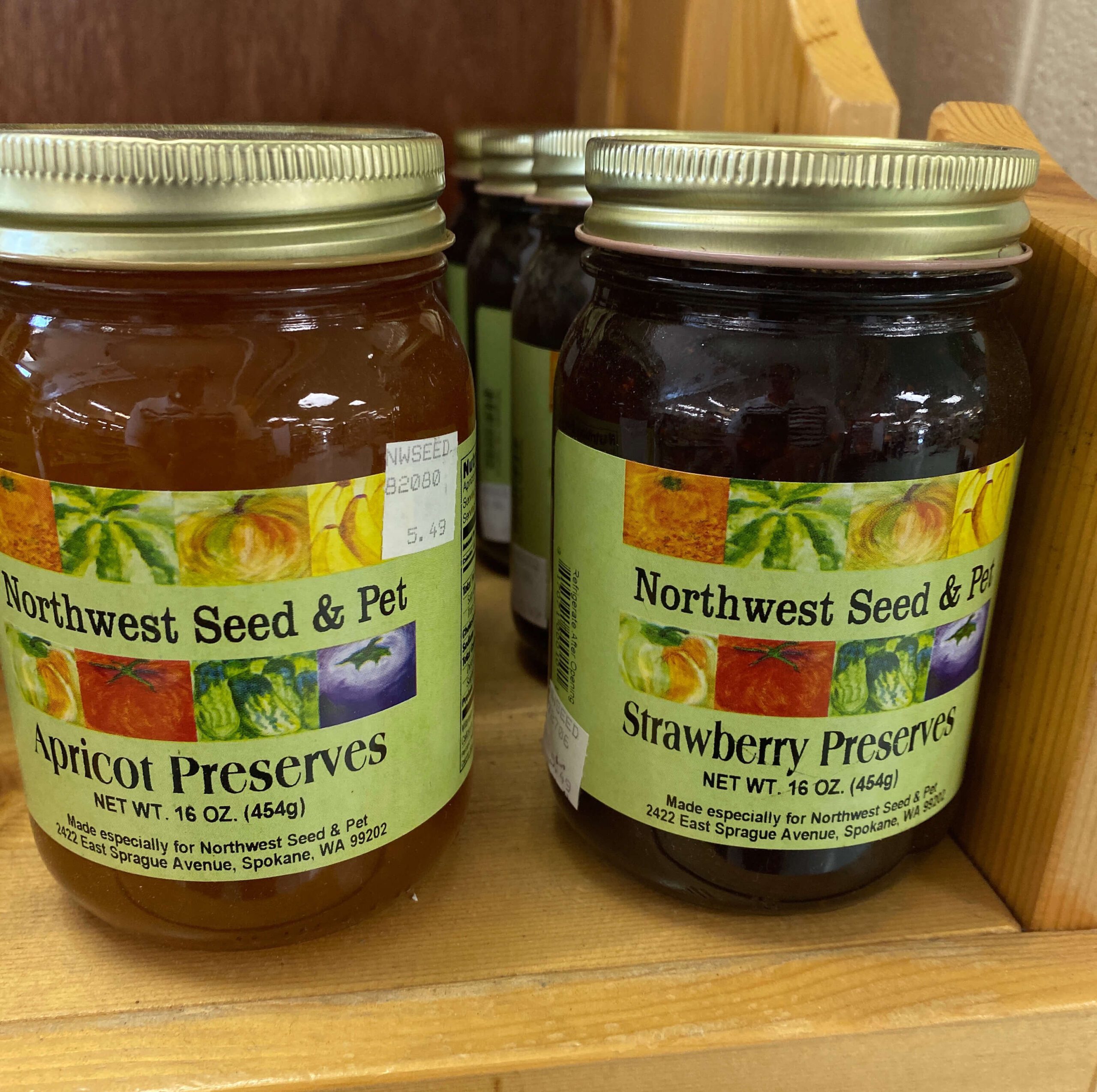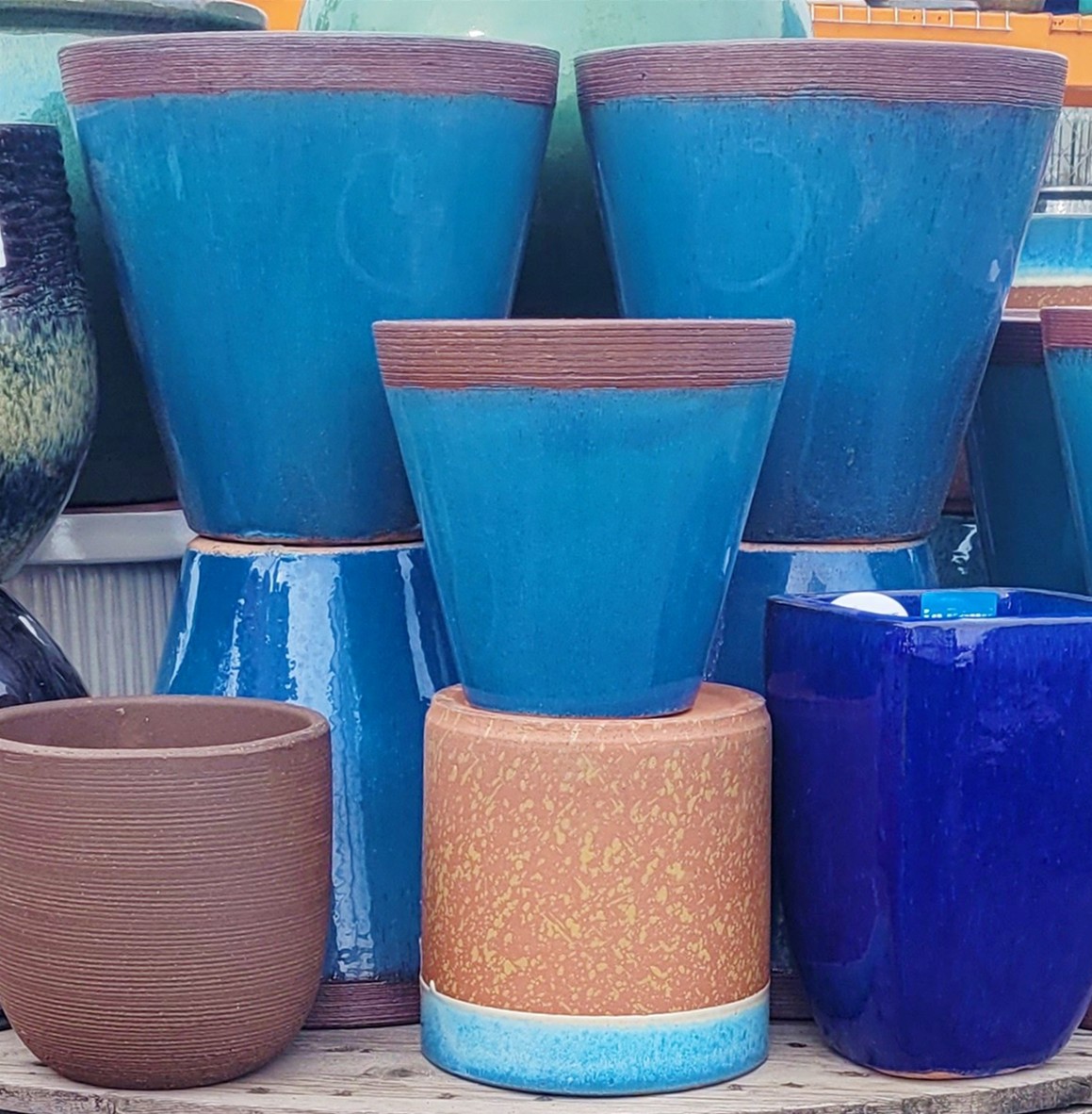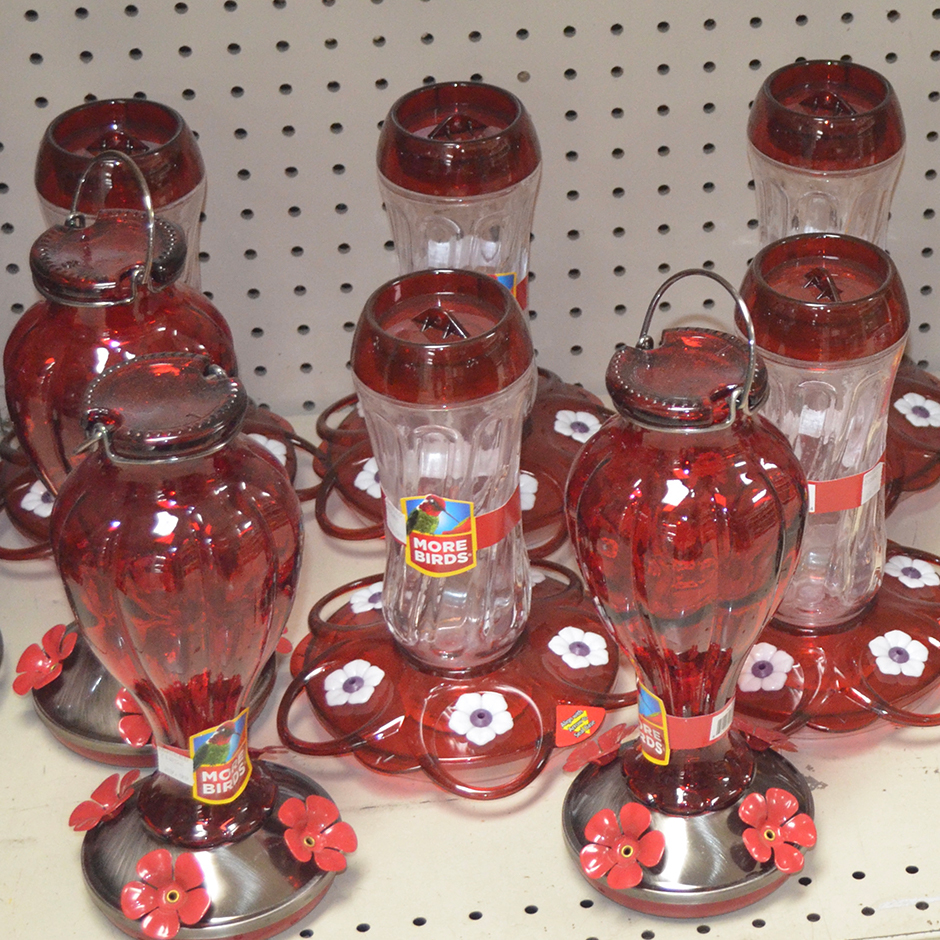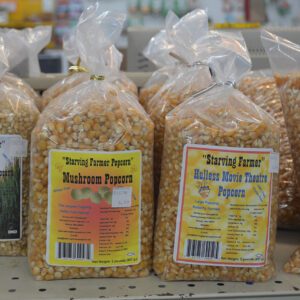Perennial Gardening in Containers
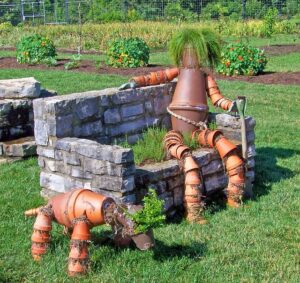
PublicDomainPictures / Pixabay
1. Container garden considerations:
From patios and balconies to staircases and porches, container gardens can add color and interest to any area around your home. And you don’t even need a garden. There is a lot to consider in planting and maintaining container gardens. There should be enough information here to make your first attempt a success. We are going to concentrate on perennials. Although annuals make excellent long-flowering container specimens, perennials have one advantage; although they may cost more, they can be placed out into your garden after their limelight in a container, gracing your garden for many years to come. Annuals, as their name suggests, require yearly replacement.
2. Choosing a container:
A wide range of containers can make attractive planters. Any container you use, though, should have holes drilled in the bottom to drain water. Place a tray underneath if seepage will stain your deck or patio. Containers should not rest in standing water for long, as roots may begin to rot. Try partly filling the catch-tray with gravel and resting your container on it; it will help keep it out of standing water.
3. Soil:
Container soil must be able to hold water and nutrients, yet drain well. A recommended blend is 80% soil-less potting mix and 20% clean, loamy topsoil. Mix in some slow-release fertilizer with your mix (such as Osmocote), or liquid-feed every two weeks or so. It is best to water containers first, before applying liquid fertilizer. If you incorporate crystal soil polymer when mixing your planting media, it will store water better and not dry out in the summer heat.
4. Planting:
Containers look best when they are packed with plants, with little or no soil visible. It is difficult to place plants too closely together in containers. A planted container should look attractive immediately after or certainly within a few weeks of planting.
Alpine troughs and ‘arid gardens’, by contrast, look best if the little mounding plants are placed with an inch or two in between. Try mulching the soil with ½ inch of washed gravel, sand or small stones to give an alpine look.
5. Watering and maintaining:
Plants in containers don’t have very much soil from which to draw water, so they require regular watering. To determine when to water, just stick your finger into the soil. Always water thoroughly, at least until water runs out of the drain holes. Water can run right through very dry soil without wetting it. If you aren’t sure, tip the container up to test that it has become much heavier with water. Terra cotta (clay) containers and alpine troughs dry out particularly quickly because they wick water out of the soil through the side of the pot. Count on more frequent watering for these. As a guideline, containers in sun require thorough watering twice a week minimum. Containers planted with succulents or drought-tolerant alpines require less frequent watering and can endure several weeks without the hose.
Maintenance consists of removing faded flowers to promote re-bloom and pinching or shearing back plants to keep them looking tidy.
6. Container ideas:
Boot Gardens: There’s lots of room for flights of fancy in container gardening. How about growing the drought-resistant Hens-and-Chicks (Sempervivum varieties) in old work boots filled with sandy soil? You could pose them permanently plodding up your steps.
Winter Garden: There are numerous perennials and annuals which, in milder regions, are attractive all winter. In late fall, try planting: Winter heather (Erica carnea) with Bergenia, winter pansies, flowering kale, and English ivy (Hedera helix).
The Blues: How about only blue flowers? Try Serbian bellflower (Campanula poscharskyana) with blue fescue (Festuca ‘Elijah Blue’) blue petunias, Blue star creeper (Laurentia fluviatilis), lavender, Salvia ‘Blue Queen’, Veronica spicata or blue Viola cornuata.
Arid Gardens: There are many varieties of succulent, winter hardy, drought-resistant perennials. A selection of colorful Sedums, Hens-and-Chicks (Sempervivum varieties) and others can make a large clay or concrete container colorful and intriguing. These are tolerant of irregular watering.
Alpine Troughs: Many kinds of creeping and cushion-forming alpines and alpine-like plants are available. Concrete troughs and ornamental stones are an excellent way to display these.
A Black and Silver Garden: Try planting a galvanized metal tub with Artemisia ‘Powis Castle’, Wooly thyme (both silver-leaved perennials), Viola ‘Black Magic’ or Black Mondo Grass (Ophiopogon p. ‘Nigrescens’).
Singles Only: A Large container planted with a single variety of perennial or annual can make a bold statement. Some good choices are:
Fragaria ‘Pink Panda’ – This recently introduced hybrid strawberry forms uncharacteristic pink flowers continuously from April until October. The berries it produces are edible, too.
Hosta sieboldiana ‘Frances Williams’ – Hostas are perennial shade plants forming mounds of leaves in a myriad of shapes, sizes and colors, depending on the variety. ‘Frances Williams’ eventually forms huge corrugated, dark green leaves edged in yellow. Best in a large container in shade; the leaves can scorch in hot sun.
Aegopodium p. ‘Variegatum’ (Snow-on-the-Mountain) – An invasive groundcover best used in dry shade and other inhospitable areas. It forms a thick carpet of crisp, green and cream-colored leaves. this plant’s enthusiasm is contained within any planter, where it makes a reliable colorful thicket.
Artemisia ‘Silver King’ – Another spreader, in a half-barrel or other large container, this makes tall show-stopping billows of silvery foliage. A drought-tolerant perennial, it requires full sun.



